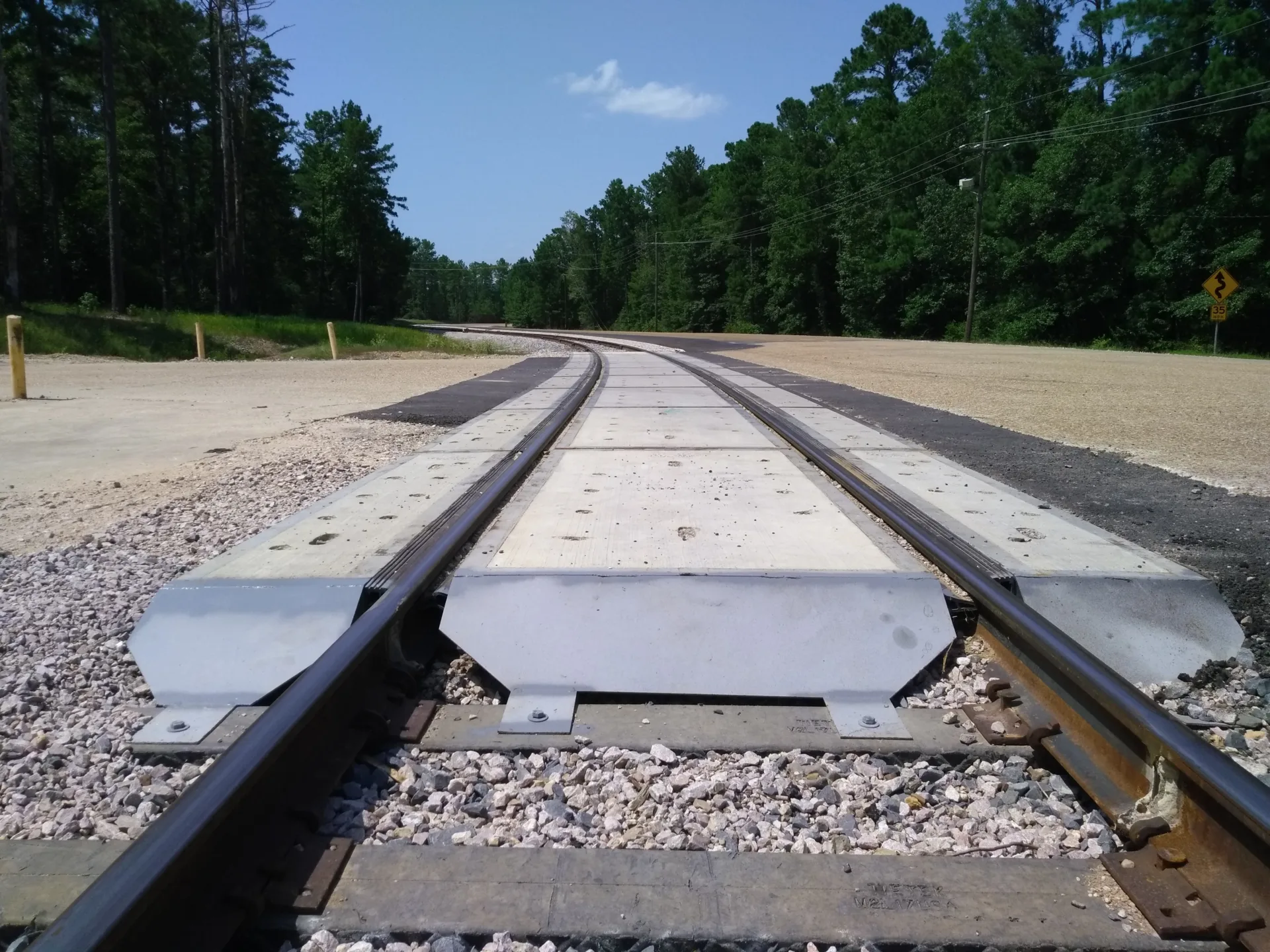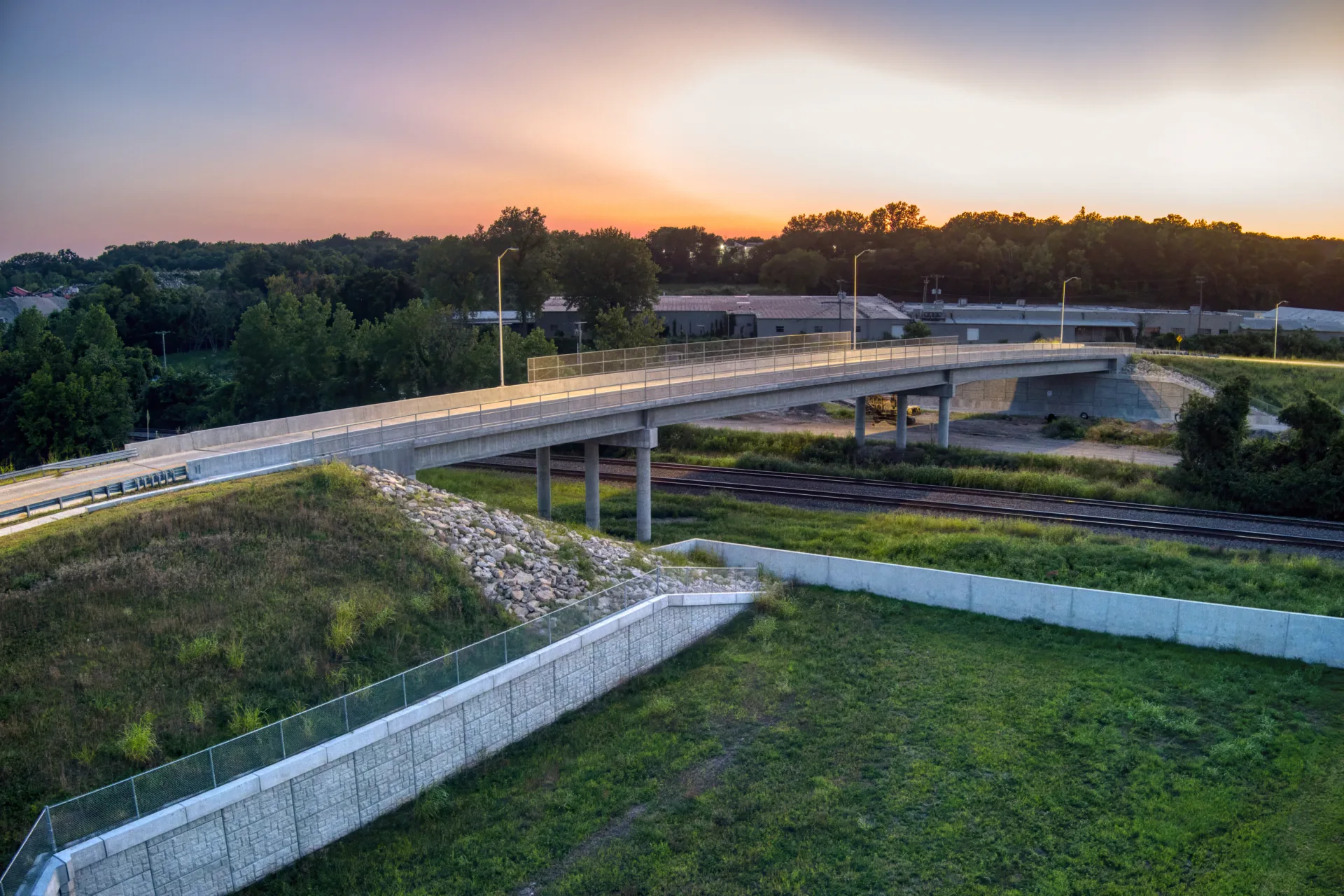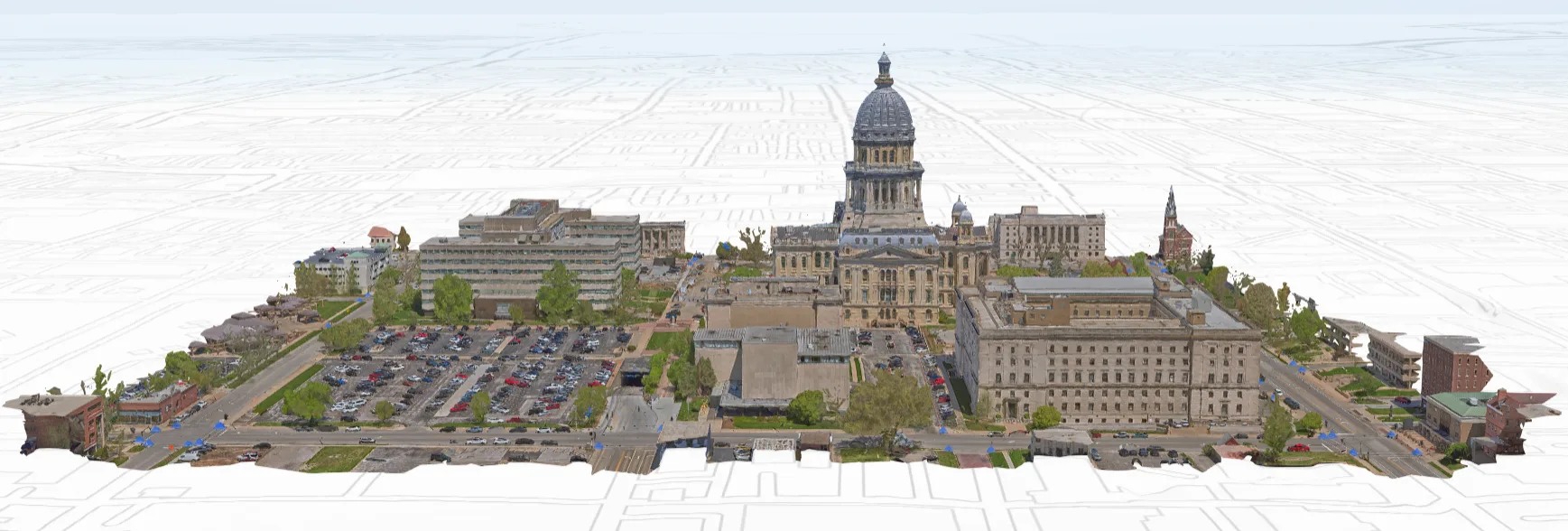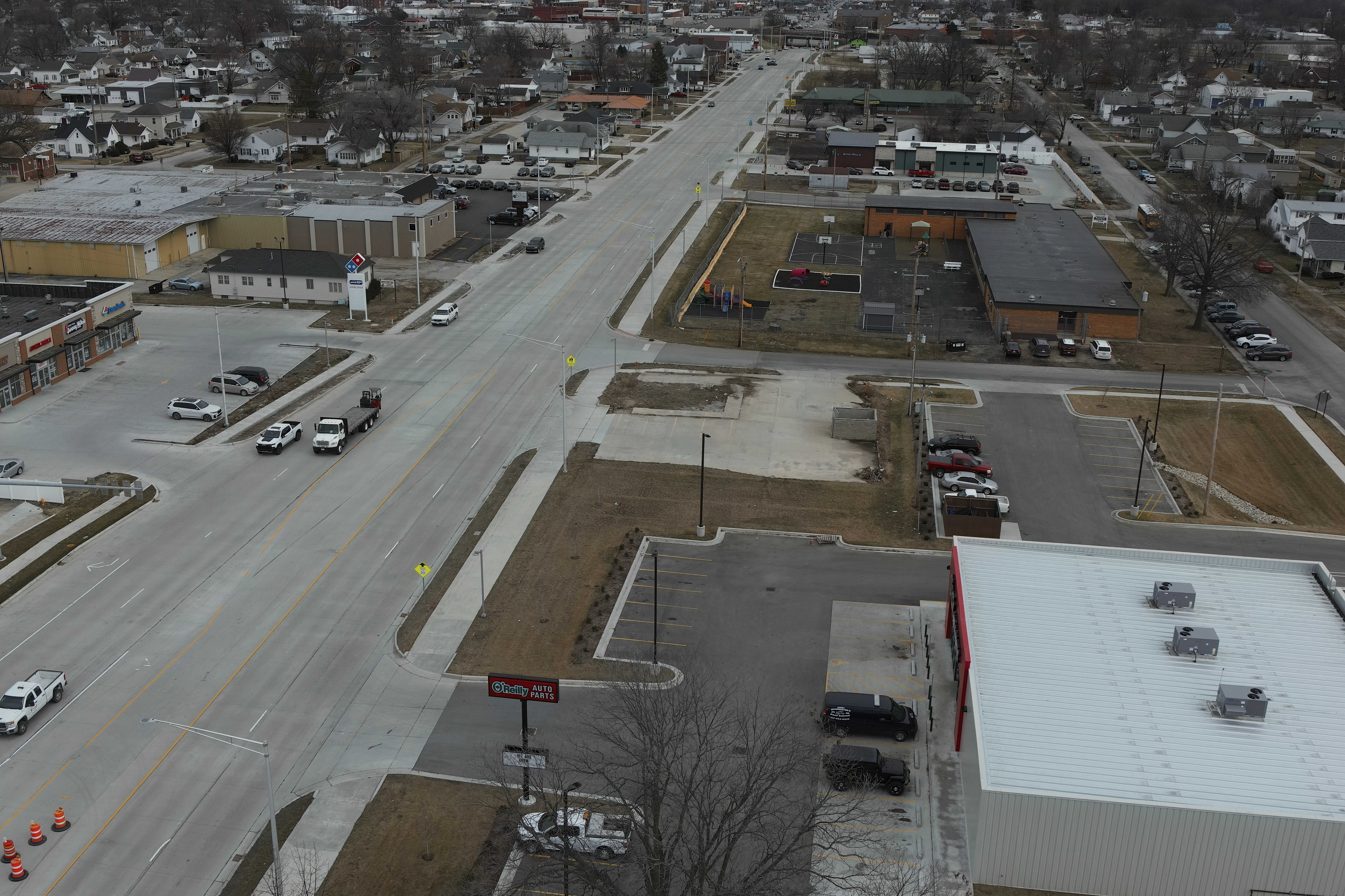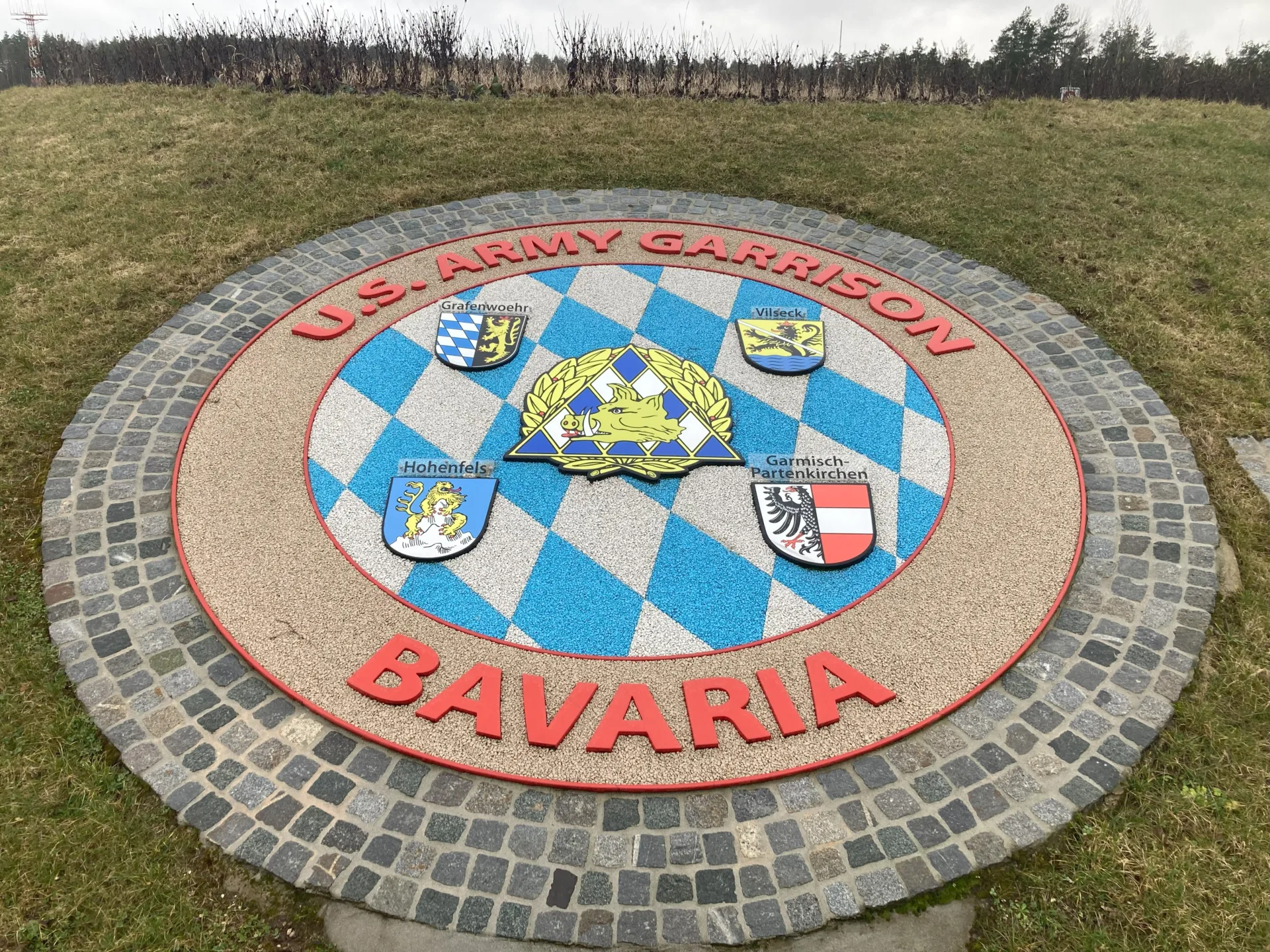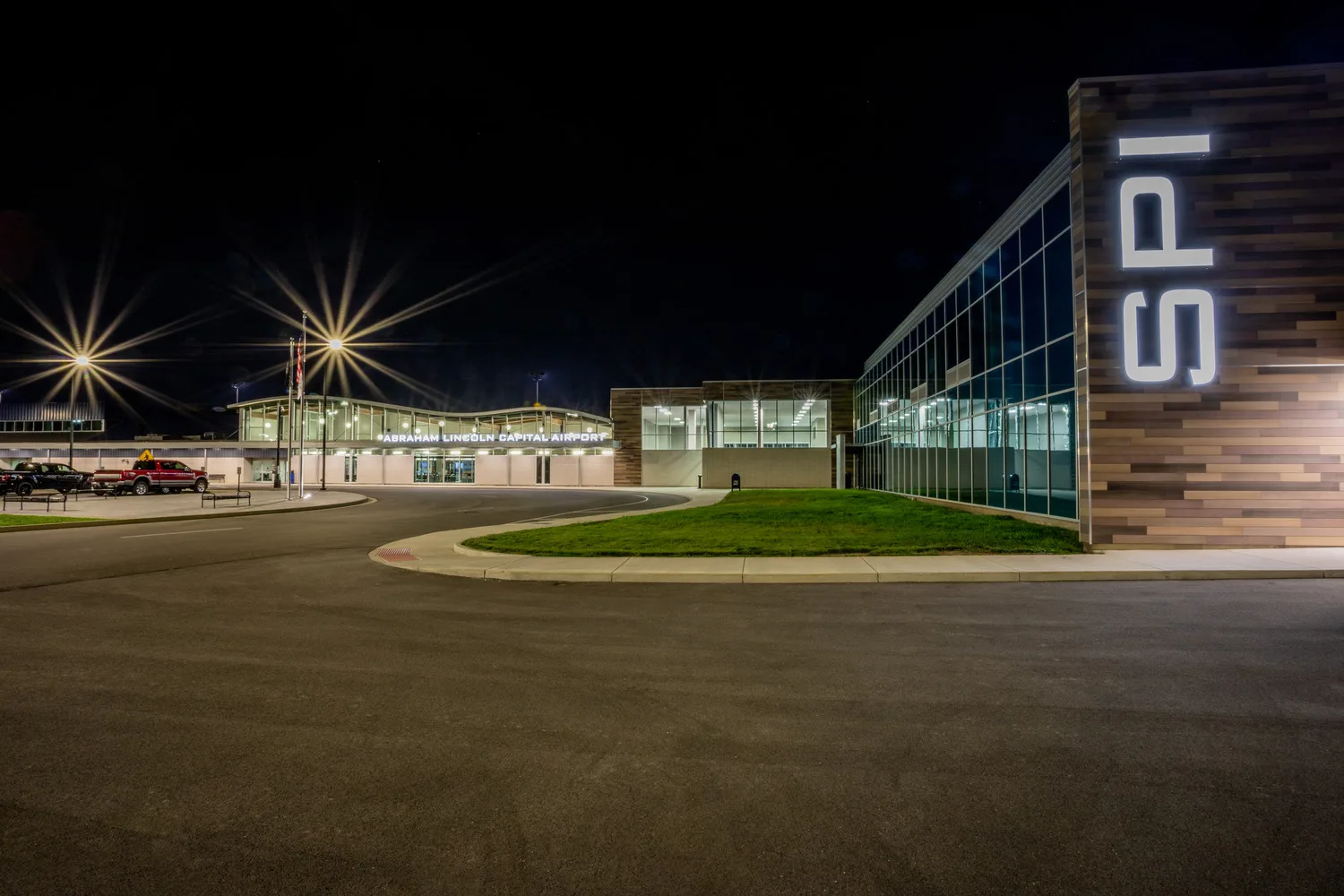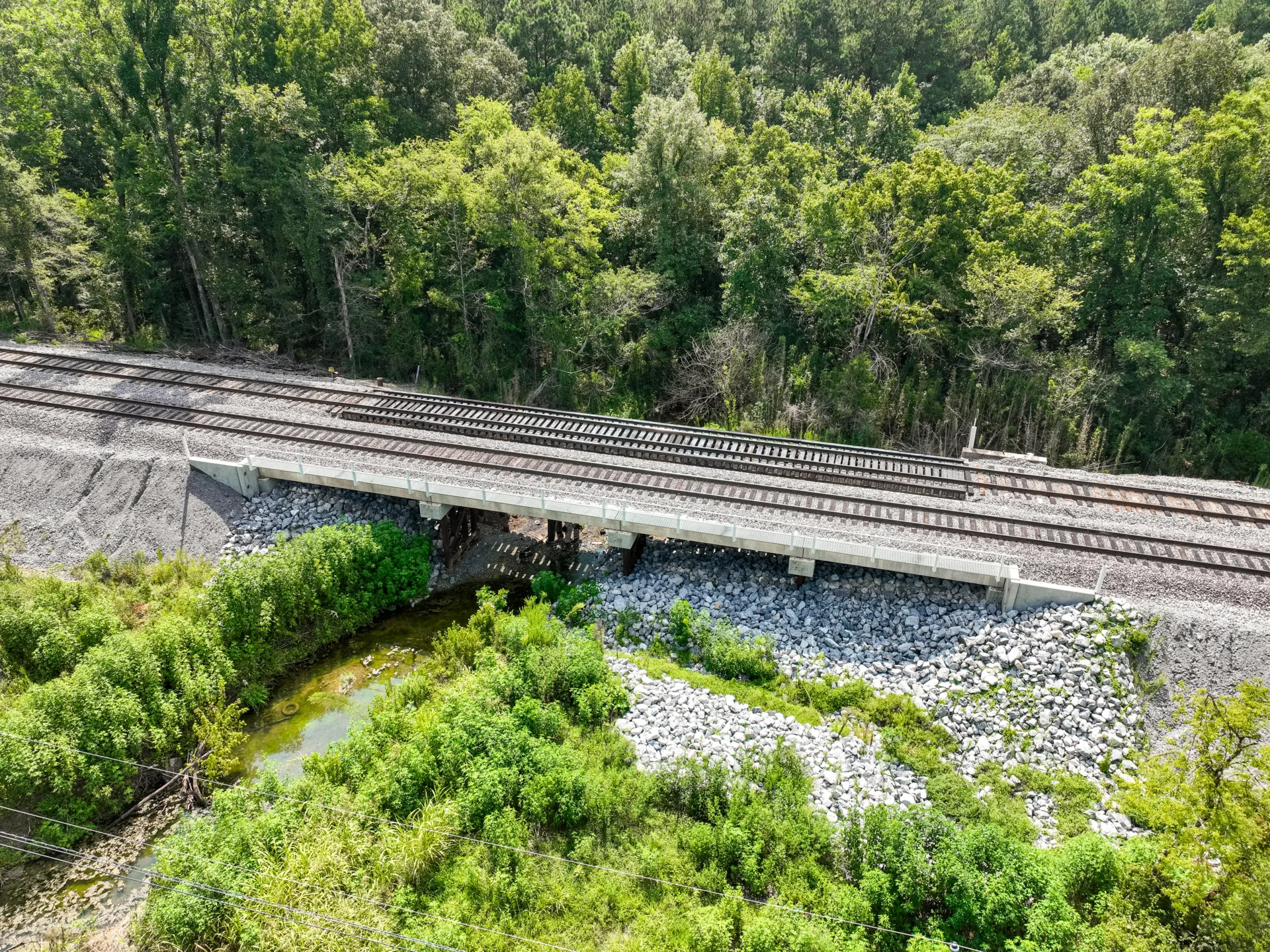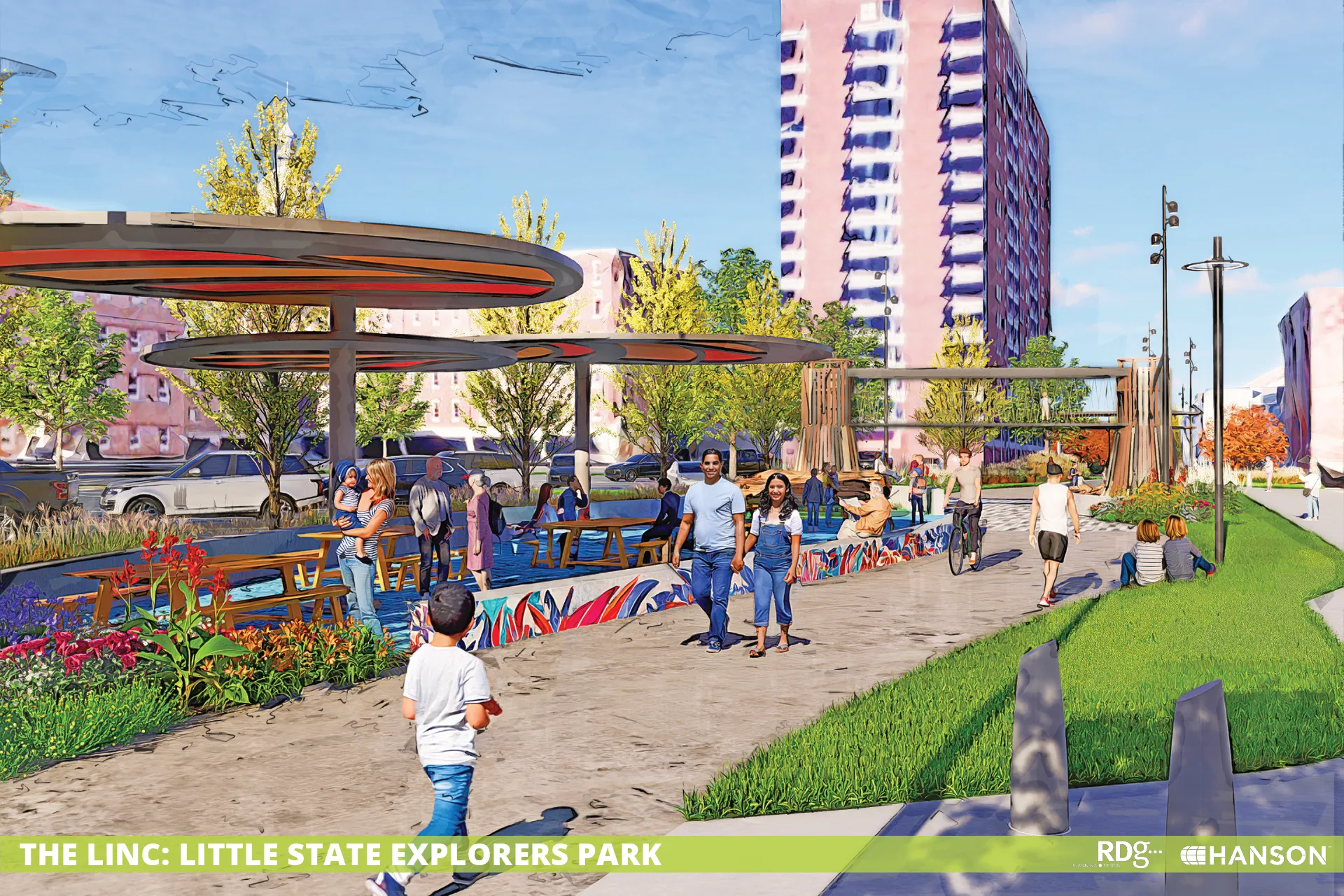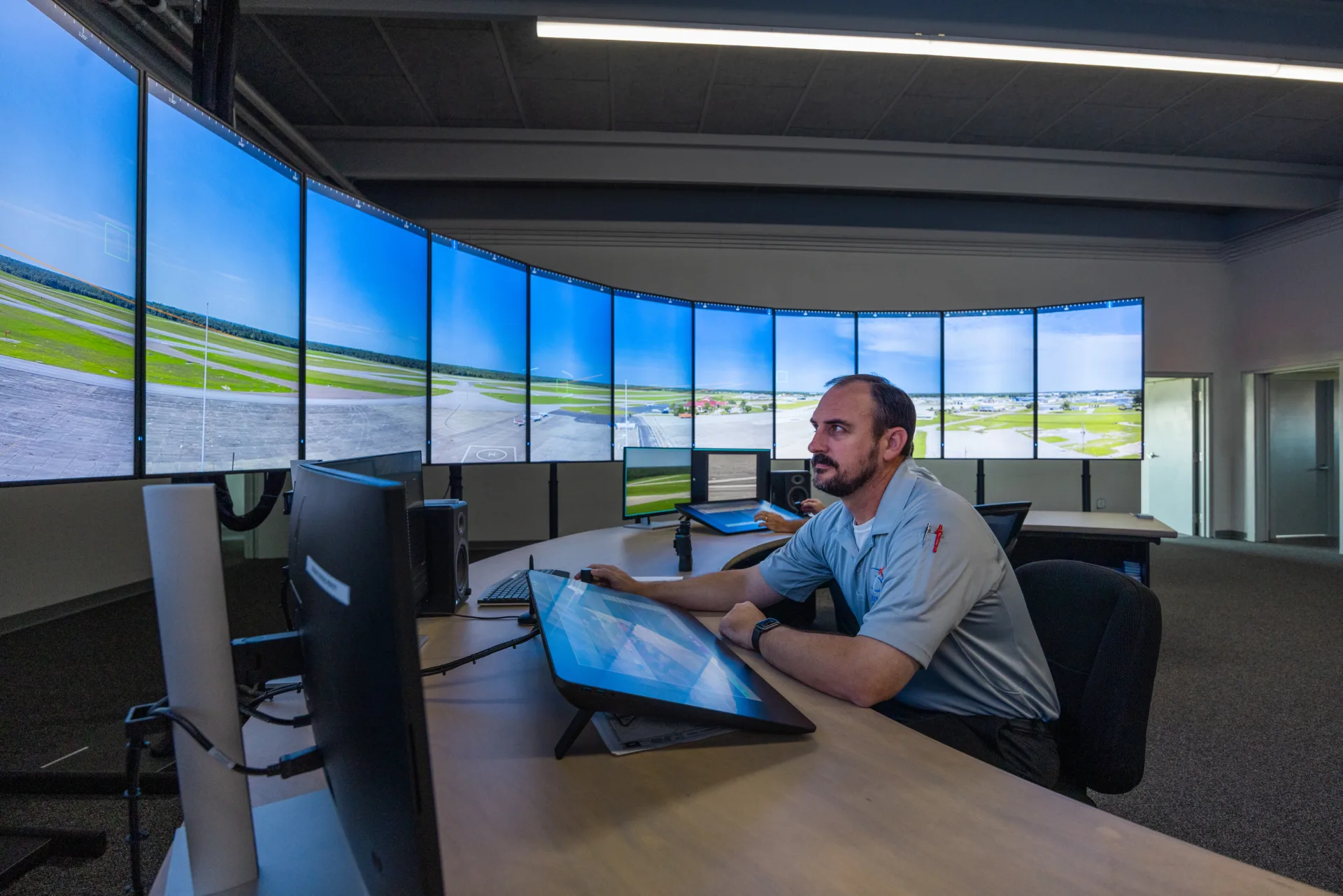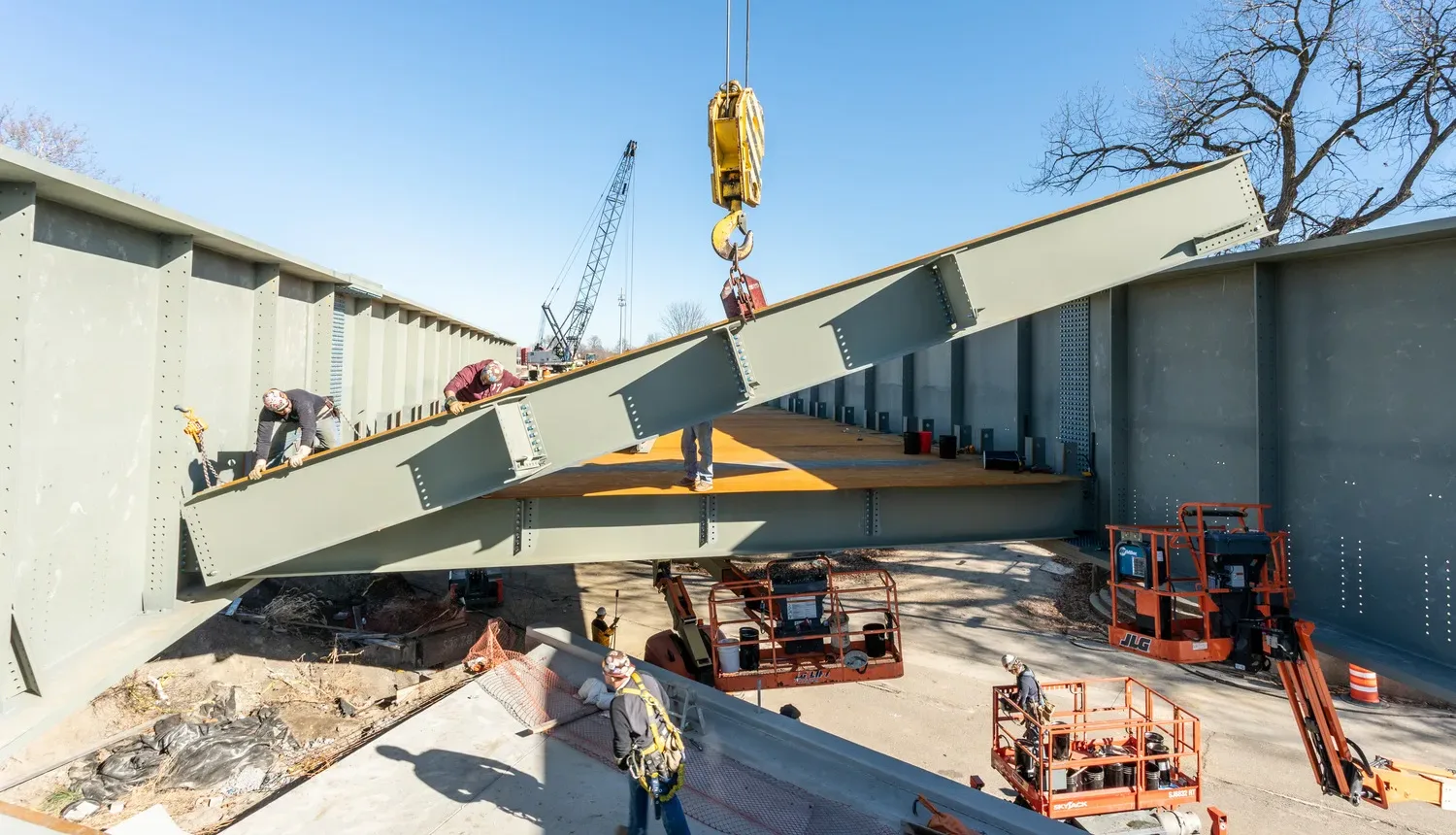Hanson’s video series features interviews with top experts and leaders in the fields of energy, sustainability and resilience about the latest trends and key issues.
Our Work
Since our founding in 1954, our engineers and specialists have worked on projects from coast to coast in the U.S. and in many international locations. From the design of our first bridges on the Kansas Turnpike to our present-day innovations with artificial intelligence and other technology, we have steadily grown our footprint and our positive impact on the world. Read on to learn about the breadth of our project portfolio and how our diverse experience can help you turn your goals into reality.

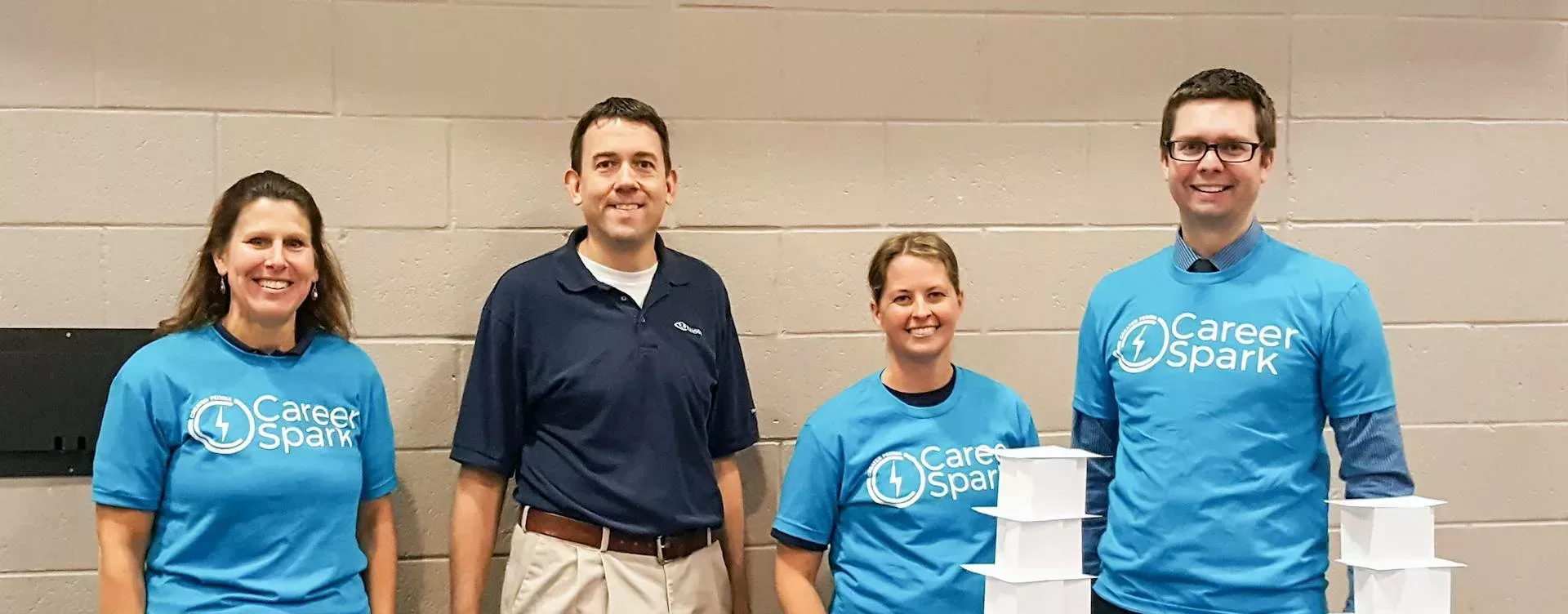
Come see us at a trade show or career fair near you! Whether you’re a potential client, teaming partner or interested in joining our team, our leaders and subject-matter experts are eager to share their varied backgrounds and knowledge to help you reach your goals.
